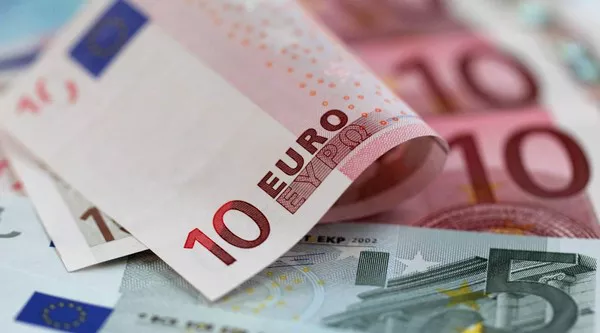Foreign Exchange Reserve, also known as the Reserve, refers to the Foreign Exchange assets controlled by central banks and other government institutions of various countries and can be converted into Foreign countries at any time to meet the needs of international payments. Usually, the source of Foreign Exchange Reserve is the inflow of capital, which is concentrated in the domestic country to form Foreign Exchange Reserve.
The government’s short-term deposits abroad or other means of payment that can be cashed abroad, such as foreign securities, foreign bank checks, promissory notes, foreign currency bills, etc., mainly used for liquidation, and when the domestic currency is sold off in large quantities, the use of foreign exchange reserves to buy domestic currency intervention, to maintain the national currency.
By the end of July 2020, the size of China’s foreign exchange reserves was 3,154.4 billion, up by $42.1 billion, or 1.4% from the end of June. By the end of May 2021, the size of China’s foreign exchange reserves was 3,221.8 billion, up by $23.6 billion, or 0.74% from the end of April.
By the end of December 2021, China’s foreign exchange reserves stood at $3,250.2 billion, up by $27.8 billion, or 0.86%, from the end of November, and up by about $33.6 billion for the whole of 2021.
According to the latest data from the State Administration of Foreign Exchange, by the end of February 2022, China’s foreign exchange reserves stood at $3,213.8 billion, down by $7.8 billion, or 0.24%, from the end of January.
First, adjust the balance of payments, to guarantee the external payments; second, intervened in currency markets, stable exchange rates; third, maintain the reputation, improve financing ability; fourth, enhance the comprehensive national strength, to resist financial risks. Foreign exchange reserves of foreign exchange reserve is a country of economic adjustment, realize the important means of internal and external balance.
When the balance of payments deficit, the use of foreign exchange reserves can promote the balance of international payments; when the domestic macroeconomic imbalances, aggregate demand greater than supply, can use imported foreign exchange organization, which regulates the relationship between aggregate supply and demand, promote the macroeconomic balance. At the same time when the exchange rate volatility, can make use of foreign exchange reserve currency intervention and make it stable.
Therefore, foreign exchange reserve is an indispensable means to achieve economic balance and stability, especially in the context of the continuous development of economic globalization, a country’s economy is more vulnerable to the economic impact of other countries.
Generally speaking, the increase of foreign exchange reserves can not only enhance the ability of macro-control, but also help to maintain the international reputation of the country and enterprises, help to expand international trade, attract foreign investment, reduce the financing cost of domestic enterprises, and prevent and defuse international financial risks.
Moderate foreign exchange reserve level will depend on many factors, such as import and export situation, foreign debt scale, the actual use of foreign capital, etc. Shall be held according to the earnings of foreign exchange reserves, the cost comparison and the status of the foreign exchange reserves in a moderate level. $record more than five years, gold approaching 1880 to two months, the low resolution on the bank of Japan.
Please pay attention to the specific operation, the market is changing rapidly, investment needs to be cautious, the operation strategy is for reference only.



























